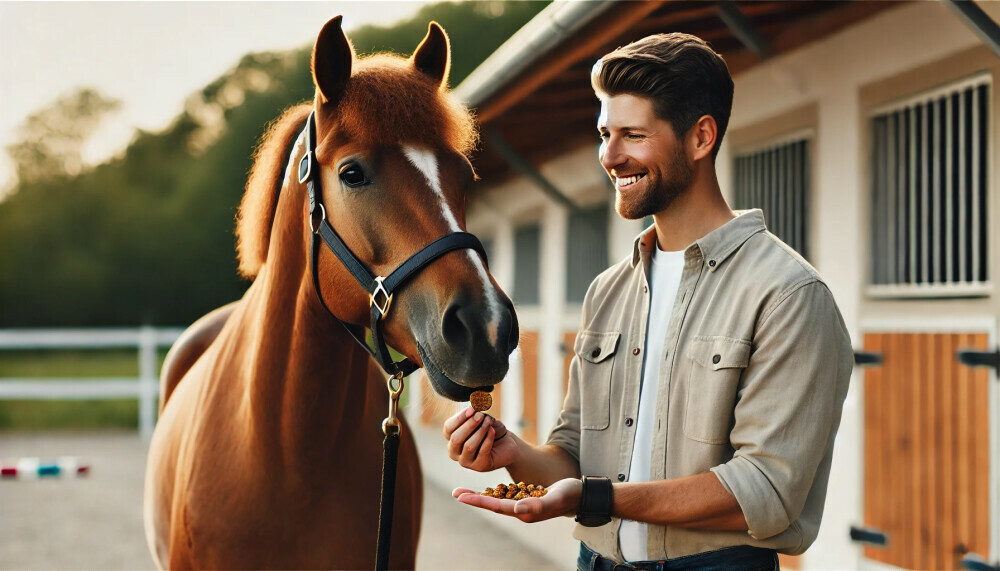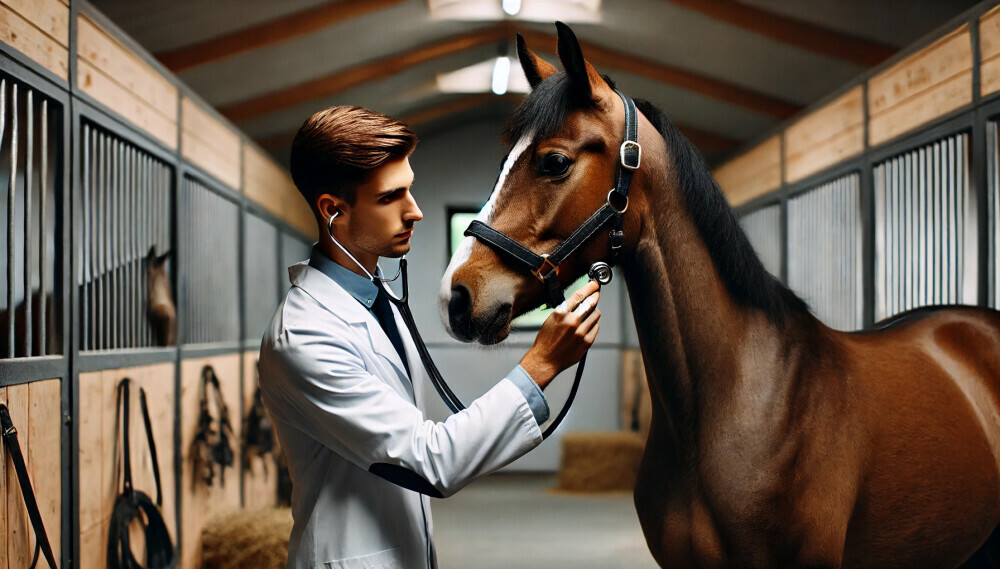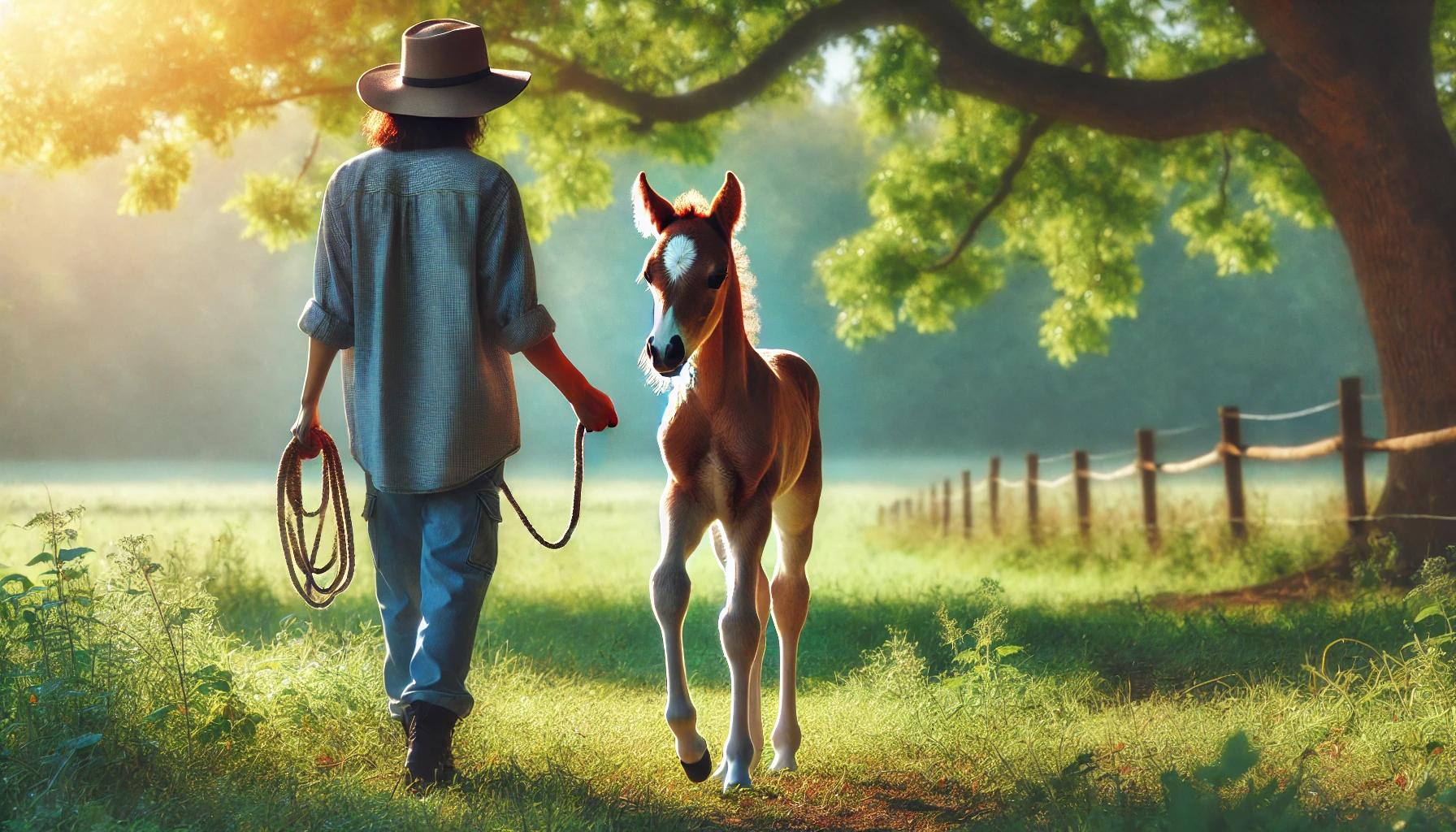Cultivating Trust: Effective Training Methods for Young Horses

Training young horses is an adventure that requires patience, understanding, and a solid foundation built on trust. Over the years, I’ve learned that successful training goes beyond techniques and commands. It’s about connecting with the horse on a psychological level, respecting their individuality, and fostering a partnership that grows over time. Here’s a guide to help you navigate this rewarding journey.
Understanding Horse Psychology
Before diving into training, it’s crucial to understand how horses think and perceive the world. Horses are prey animals with a strong flight instinct, and they communicate primarily through body language. Recognizing these instincts can help you approach training with empathy and insight. For instance, if a horse seems skittish or hesitant, it’s often their natural reaction to perceived danger. Understanding this can guide you to be more patient and gentle in your methods.
Early Socialization
Early socialization is vital for young horses. From birth to six months, foals are incredibly impressionable. Exposing them to various sights, sounds, and experiences can help them become more adaptable and less fearful. Simple activities like leading them around different environments, introducing them to other animals, and allowing them to interact with different people can make a significant difference in their development.
Positive Reinforcement

Positive reinforcement is one of the most effective training methods. Instead of punishing a horse for doing something wrong, reward them for doing something right. This could be through treats, praise, or even a good scratch in their favorite spot. For example, if your horse successfully follows a command, reward them immediately. This builds a positive association with the behavior you want to encourage.
Consistency and Routine
Horses thrive on consistency and routine. Establishing a regular schedule for training sessions helps create a sense of security and predictability for your horse. Whether it’s a set time each day or a specific order of activities, consistency helps reinforce learning. It’s like building muscle memory; the more they practice, the more natural it becomes.
Tailoring Training Approaches
Every horse is unique, and their training should reflect that. Different breeds and individual temperaments require tailored approaches. For instance, a spirited Arabian might benefit from shorter, more dynamic sessions, while a calm Quarter Horse might do well with longer, steady routines. Pay attention to your horse’s behavior and adjust your methods accordingly. This personalized approach can make training more effective and enjoyable for both you and your horse.
Groundwork: Establishing Respect and Trust

Groundwork lays the foundation for a respectful and trusting relationship. Activities like leading, lunging, and backing up help establish your role as a leader while teaching your horse to respond to cues. For example, leading exercises can teach your horse to respect your space and follow your direction. Groundwork is not just about control; it’s about building a bond of mutual trust and respect.
Introducing Basic Commands
Introducing basic commands early sets the stage for advanced training. Commands like “walk,” “trot,” “stop,” and “turn” are fundamental. Start with simple, clear commands and use consistent cues. For instance, use the same verbal cue and body language every time you ask for a specific movement. This consistency helps your horse understand and respond more effectively.
Patience and Gradual Progress
Training young horses requires patience and a focus on gradual progress. It’s important to set realistic goals and celebrate small victories along the way. If your horse struggles with a particular command, break it down into smaller, manageable steps. For example, if teaching your horse to stand still is challenging, start by rewarding short periods of stillness and gradually increase the duration.
Incorporating Play and Exploration
Keeping training sessions engaging is essential to maintain your horse’s interest and enthusiasm. Incorporate play and exploration into your routines. Activities like obstacle courses, trail rides, or even simple games can make learning fun. For instance, set up a small obstacle course with cones and poles to navigate through. This not only challenges your horse physically but also stimulates their mind.
Health and Safety Considerations

Always prioritize health and safety during training. Ensure your horse is physically fit and free from injuries. Use appropriate tack and equipment, and make sure your training environment is safe and secure. Regular vet check-ups and a balanced diet are also crucial to support your horse’s health during training.
Monitoring and Adapting Training
Pay close attention to your horse’s behavior and feedback during training. If they seem stressed or resistant, it may be a sign to adjust your approach. Maybe the sessions are too long, or the exercises too challenging. Be flexible and willing to change your methods to suit your horse’s needs.
Seeking Professional Guidance
Lastly, don’t hesitate to seek professional advice for specialized training needs. Professional trainers can offer valuable insights and techniques that you might not be familiar with. They can also help address specific challenges and ensure your training methods are on the right track.
Training young horses is a journey of mutual growth and discovery. By understanding their psychology, fostering positive experiences, and being patient and adaptable, you can cultivate a strong, trusting bond with your horse. Happy training!

